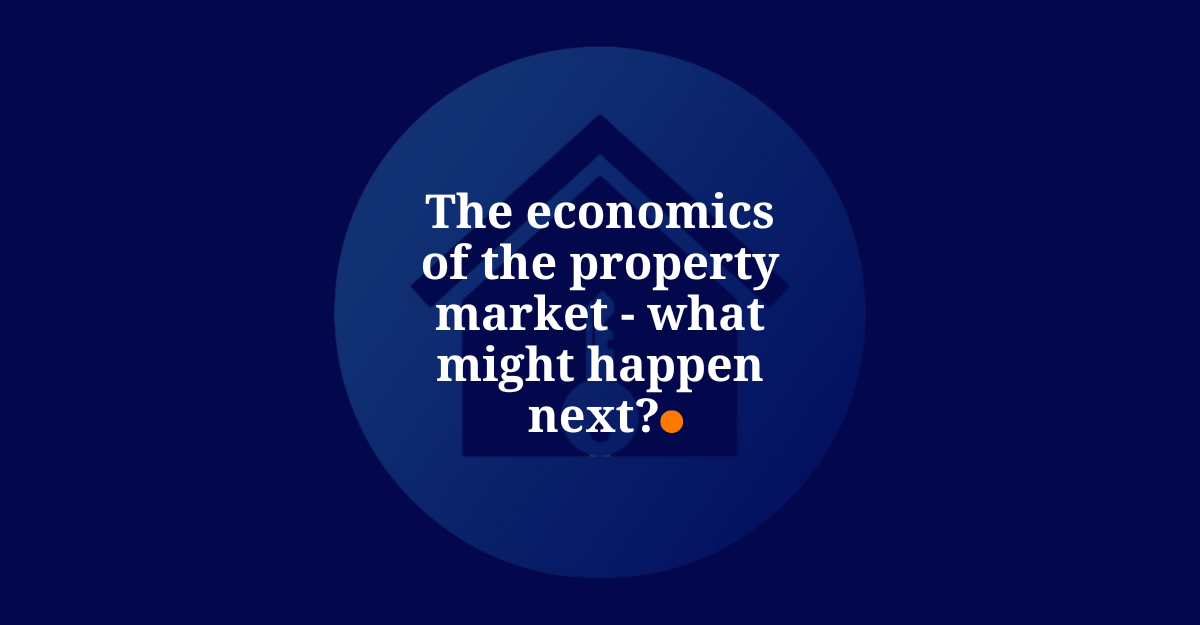By Rob Gurney, Managing Director, Ochresoft
As part of National Conveyancing Week, I’m looking at some of the increase in often non-legal conveyancer responsibilities and the wider impact this is having on our profession. A recent survey published in Today’s Conveyancer noted that 82% of those polled expressed concern that conveyancing was becoming too complex.
How things used to be
Before we start analysing additional responsibilities and the cumulative effect they have on transactions, it’s worth considering “how things used to be”. Let’s rewind 20 years or so and recall what a conveyancer’s job used to involve. I think we would all agree that, fundamentally, our role was to check the legal title of a property and carry out a local authority search on behalf of our buyer client, and then ensure the security was acceptable for our lender client. We would then agree a date, exchange contracts, ensure funds transfer took place, and keys were released. It all seemed logical and straightforward.
I’m over-simplifying here but am making this point deliberately to highlight that this is still the common misconception of what conveyancers do. With the advent of various financial fraud concerns, anti-money laundering, and more onerous concerns in the mortgage market, many new duties have seemingly defaulted to conveyancers.
Additional responsibilities
Let’s consider what we can genuinely say has been added to the job specification over recent years.
First – and probably most importantly – is the way we need to fully identify our clients. Property fraud and Anti-Money Laundering regulations are both huge considerations, and the requirements of lenders, regulators, and PI insurers have vastly increased. Conveyancers have inherited responsibilities to meet increased levels of due diligence (whether that be “standard” or “enhanced”) and on-going monitoring of clients throughout a transaction. We should never underestimate how time-consuming this process can be, or the consequences of getting this wrong.
Second, lawyers are now expected to not just obtain proof of funds, but legitimise, investigate, and satisfy themselves as to the authenticity of their origin – and dig as deep as is necessary to remove any doubts. Sometimes this can be simple, other times a mighty challenge.
Plus:
- Solar panels, and the additional legal complexities that these create, depending upon ownership and financing of the installation,
- HS2, and whether the property will become blighted in the future due to the positioning of the proposed route and the disturbance it will cause,
- The Building Safety Act – the latest “burden” to hit the conveyancer. Not only do they need to ensure that all “qualifying” buildings have the appropriate certificates, but there are also varying lenders’ requirements which all, unfortunately, rest with the conveyancer too,
- Septic tanks and other private drainage systems are now subject to regulations – are environmental permits required? Are appropriate easements in place? And so on,
- Stamp Duty Land Tax. We used to be able to calculate SDLT by simply looking at a straightforward chart. Now there are so many variations and complexities to consider, we appear to have adopted the role of expert tax advisor, too,
- Environmental concerns – these have slowly increased over the years, and with them comes additional checks to conduct and reports to interpret. Issues such as land contamination, flood-risk, and energy infrastructure have all become vital considerations for property lawyers.
That’s just a snapshot, and I could elaborate much further. There is little appreciation of the level of detail and the sheer number of checks and processes that have been added onto the fundamentals over the years. And this, I’m convinced, is a big reason why there is often an unrealistic expectation when it comes to the timescales involved in meeting all the conveyancers’ responsibilities. The gap between expectation and reality widens with each new requirement that is placed upon the conveyancer.
What next?
So, what can we do? I’m a big believer in technology aiding conveyancing, and I’m convinced that the industry should be ready to embrace tech solutions that will genuinely offer quicker, more complete data, which must lead to faster turnaround times. Change is coming, and we need to adapt to and explore new possibilities rather than resist the inevitable.
Thinking in more immediate terms, we need to educate the property industry that conveyancers do not just check legal papers and agree dates between us. We now have a great many additional responsibilities and the combined effect is huge. So helping all the parties driving these demands see this unified view is vital. Getting others to understand and appreciate that might just make a difference. It may even help move some of this work to more appropriate places in the whole client buying/selling journey, something we desperately need right now and are already working on.
Watch me discuss further here:



